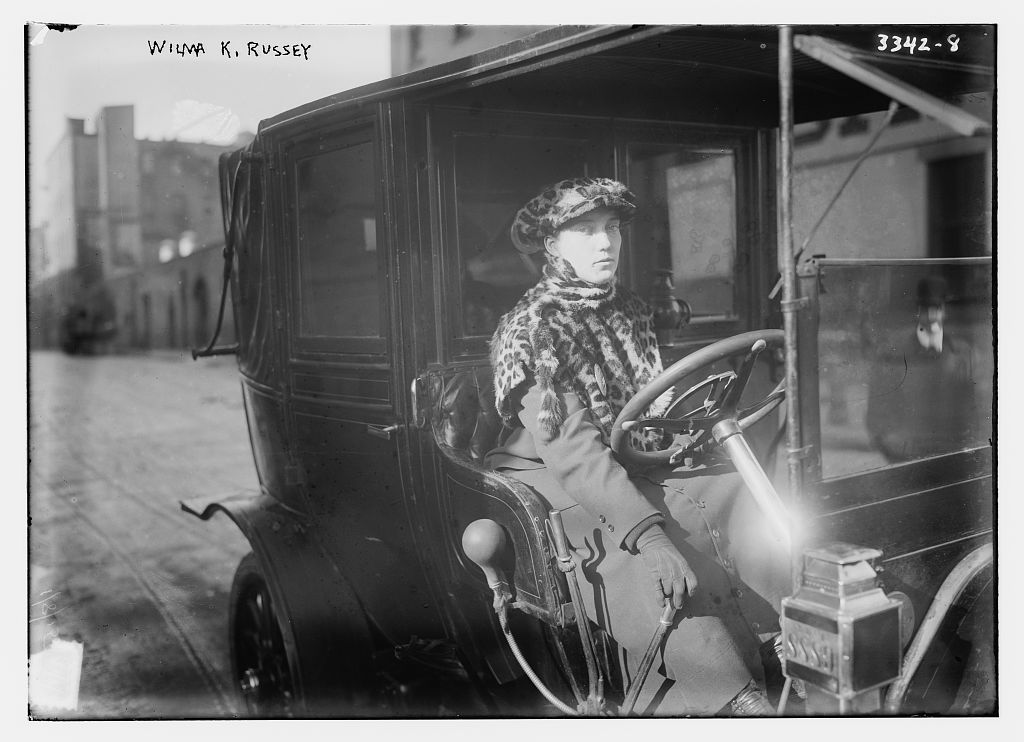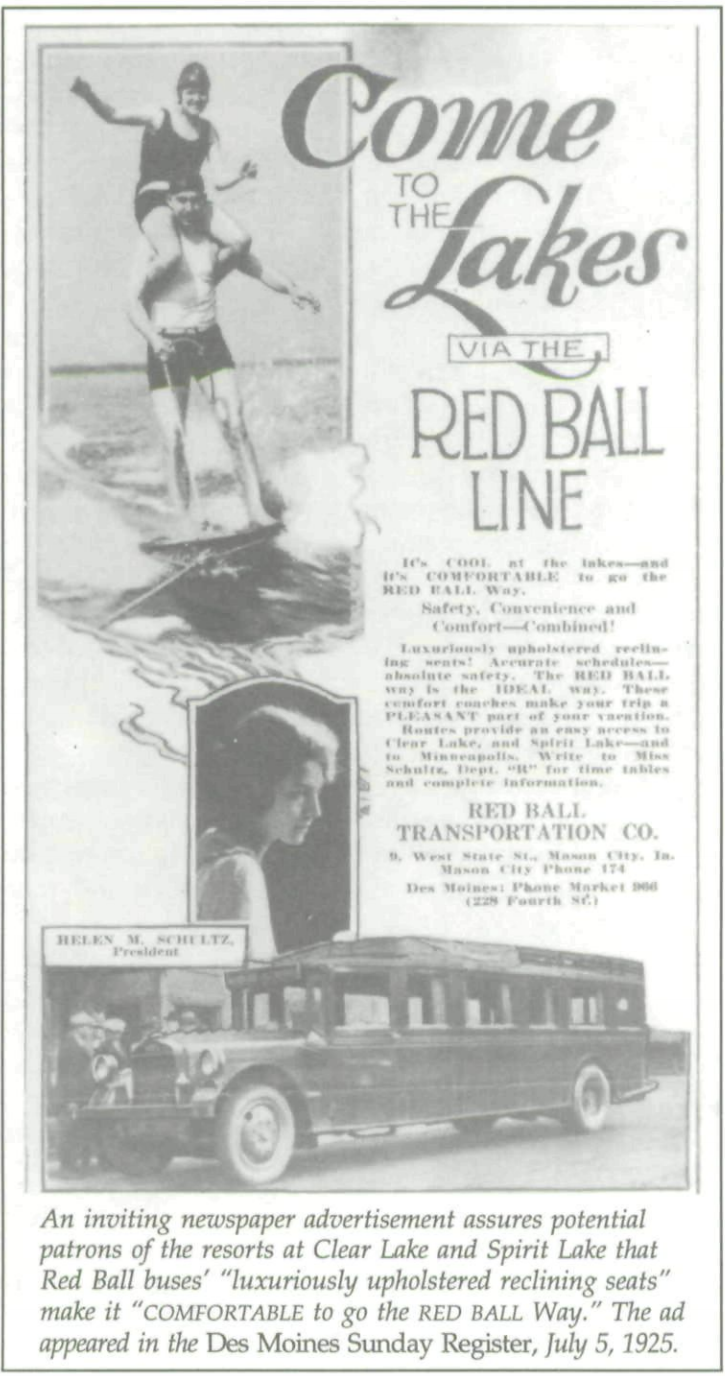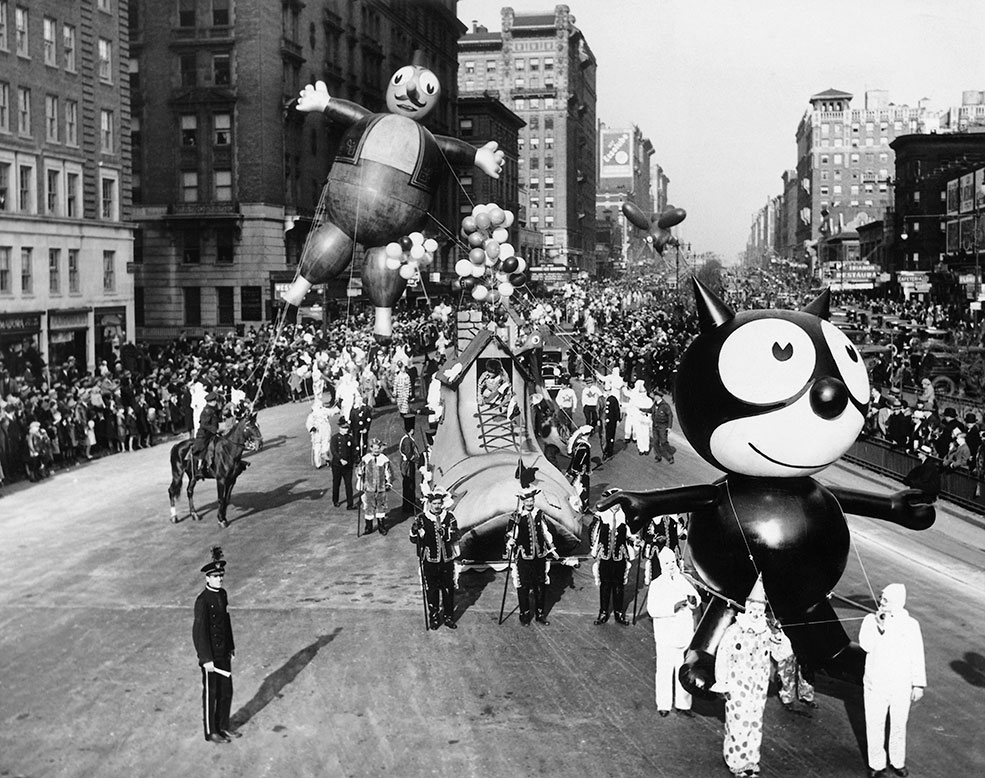The American Energy Crisis of the 1970s: The Dawn of the Green Commute
The 1970s were a time riddled with uncertainty (and questionable fashion trends) for the average American. The decade was marked by various challenges resulting in profound changes to US politics, societal norms, and the nation's economy.
With daily life changing amidst so many global conflicts came the OPEC Oil Embargo of 1973. This sanction weaponized energy in a way that would cause immediate economic detriment to the US and other nations affected by the embargo.
In short, the United States was cut off from Middle Eastern oil-producing nations that had come to make up the majority of our nation’s energy. This sudden and sharp reduction in oil supply significantly impacted national gas prices, inflation rates, and daily life for Americans.
Female Figures from Transit's Past
As we enter March, Women’s History Month gives us a chance to recognize the achievements of women in the business of transit. Like many industries, transportation was a man’s world until women made space for themselves.
Wilma Russey

A classic form of ridesharing, the taxi business didn’t see a woman cab driver until January 1, 1915. Wilma Russey became a pioneer of the transit industry before women even had the right to vote. Her story headlined the New York Times with an article titled “New York’s First Feminine Chauffeur Starts Business on New Year’s Day.” In her signature leopard-skin hat, she quickly became a popular local driver with a strong background and expertise in mechanics.
Helen Schultz: "Iowa's Bus Queen" 
When public transit made its way to the U.S., it was typically in small-scale and often family-run enterprises. If women were in the business, it was likely because she inherited it from her husband or father. One female entrepreneur changed everything—Helen Schultz, founder of the Red Ball Transportation Company at age 26. Established in Iowa in 1922, this was the first female-owned bus line. In the competitive field of transit, Red Ball was marketed to women and traveling businessmen, and earned Schultz her title of “Iowa’s Bus Queen”.
Photo Credit: https://ir.uiowa.edu/cgi/viewcontent.cgi?article=9845&context=annals-of-iowa
Women's Impact in Transportation
These figures changed the status quo as they succeeded in their careers. From making it in the New York Times to gaining statewide recognition as the Bus Queen, these women made names for themselves through hard work. Shattering these glass ceilings for women in our country has had lasting impacts on the industry to this day. Women in the transit industry continue to build on their legacies today.
A Brief History of the Macy's Thanksgiving Day Parade
Thanksgiving is right around the corner, and this holiday season will certainly be different from any we have experienced before. Many beloved traditions may be put on hold in order to keep family members safe and healthy during these strange and difficult times.
One favorite tradition among both children and grandparents alike, The Thanksgiving Day Parade, will still be taking place this year. It will be completely virtual, musical performances and all, reimagined to work in the times of social distancing. The parade is a treasured event that has a rich American history that began in 1924.
The original Thanksgiving Day Parade was nearly three times as long as it is today, stretching from 145th street and Convent Avenue in Harlem and winding its way down to the Macy’s store in Times Square.
When Macy’s on Broadway and 34th Street reached its expansion size of an entire city block and 1 million square feet of retail space, the employees organized a parade to celebrate.

Originally the Macy’s Christmas Parade, this sunlit morning in November gave the children of NYC a magical experience with animals from the Central Park Zoo and the guest of honor riding in his sleigh propped up on a float—Santa Claus.
While the number of people who witnessed this historic parade is disputed, from Macy’s claiming a million people to newspapers stating 250,000, everyone could agree that this parade was an absolute success. Macy’s quickly announced within the very next week that everyone should set aside Thanksgiving morning of 1925 to feast your eyes on the marvelous parade again.
NBC jumped on the opportunity to sign a contract with Macy’s to be the outlet broadcasting the parade nationally. Bob Hillman, the first director at NBC for the parade’s first national broadcast, said “I wanted to make the picture as exciting as it was to someone standing there, and transmit that to someone watching from Los Angeles or Chicago.”
To make the balloon filled spectacular event more TV-friendly, the length of the parade was cut down significantly to its route we see today.
What started out as a march down to Macy’s became a cherished and treasured tradition for every Thanksgiving morning to come. It is, without fail, on tens of millions of television screens on the morning of Thanksgiving all around the country to begin the day of gratefulness, family, and love.

